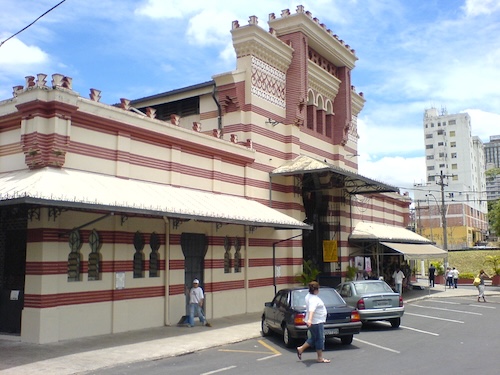kuniga.me > Amuseum > Moorish Architecture
Moorish Architecture
The Moors were Arabs and Berbers from Morocco that occupied Southern Spain and Portugal (Andalucia) from 700 to about 1500. They built mosques and palaces which blend elements from the Arab culture with a mix of Visigothic (the previous occupants of the region).
Further conquest by the Christians (the Reconquista) from the North added another layer to the mix, for example with the Mosque-Cathedral of Córdoba.
The Mosque of Córdoba was built in 785 by Abd al-Rahman I, founder of the Emirate of Córdoba. A Cathedral was built inside it in 1236 after Córdoba was conquered by the Christians of Castile.
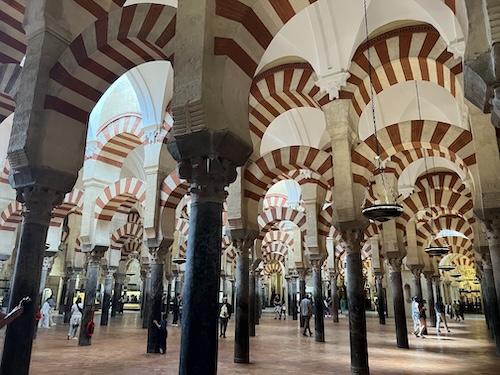
Keyhole Arches
Buildings of this style are known for the keyhole arch doors and windows. It was known to be used by the Visigoths and it was incorporated into the architecture of the Islamic rulers.
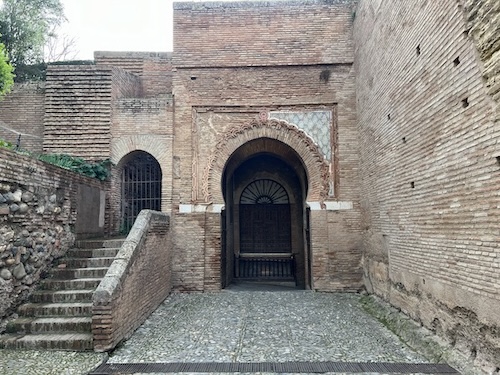
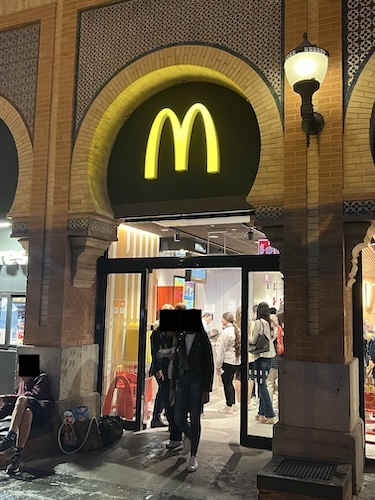
Riad gardens
This is a courtyard style consisting of a square divided into four quadrands defined by paths, intersecting in the middle. At the center there is a fountain.
An example can be seen in the Cartuja de Granada. This monastery wasn’t built by the Moors, but we can see the Moorish architecture influence in this Christian building, erected around 1500.
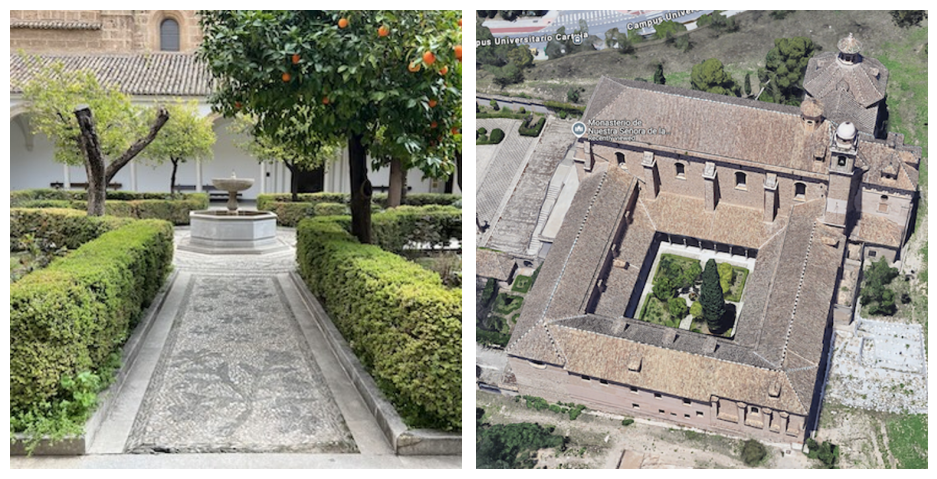
Square minarets
A distinctive feature of the Moorish style are the square minarets. Elsewhere in the Islamic world they’re either circular or hexagonal.
The Giralda tower in Seville was a minaret built in the 12th century, during the Almohad dynasty. Differently from the Mosque that became the Seville Cathedral, the minaret’s features were largely preserved.
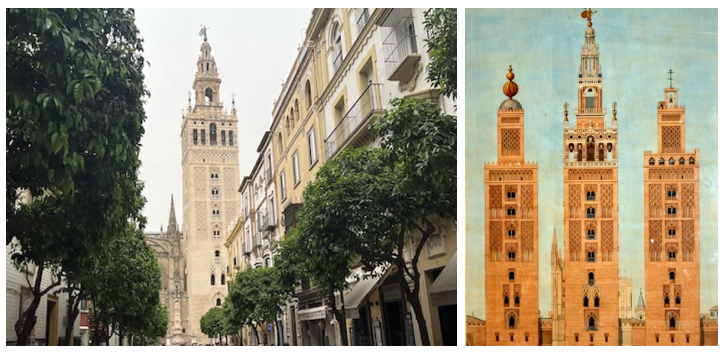
Surface Decoration
Interior walls are highly decorated with geometric and arabesque motifs.
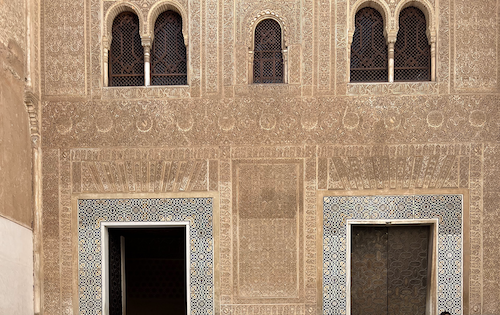
Zelij
Is a mosaic tilework, where pieces are of different colors and form Islamic geometric patterns. It can be seen in many walls in the interior of palaces in Andalucia. Zelij became its own cultural asset in Portugal, where it’s known as azuleijo.
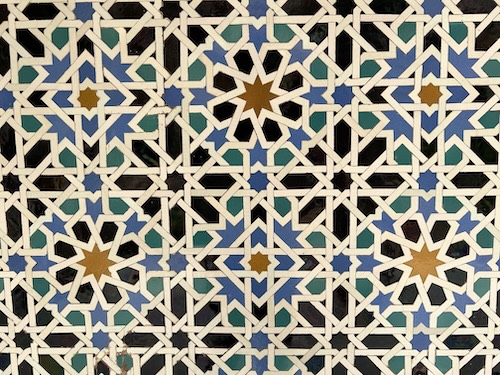
Neo-Moorish
I happen to have had contact to Moorish architecture in my childhood, despite never having travelled more than 600km away from home. In Campinas, the main market had a very distinctive architecture. I didn’t know at the time, but noticed the resemblance between it and the Moorish buildings at once.
